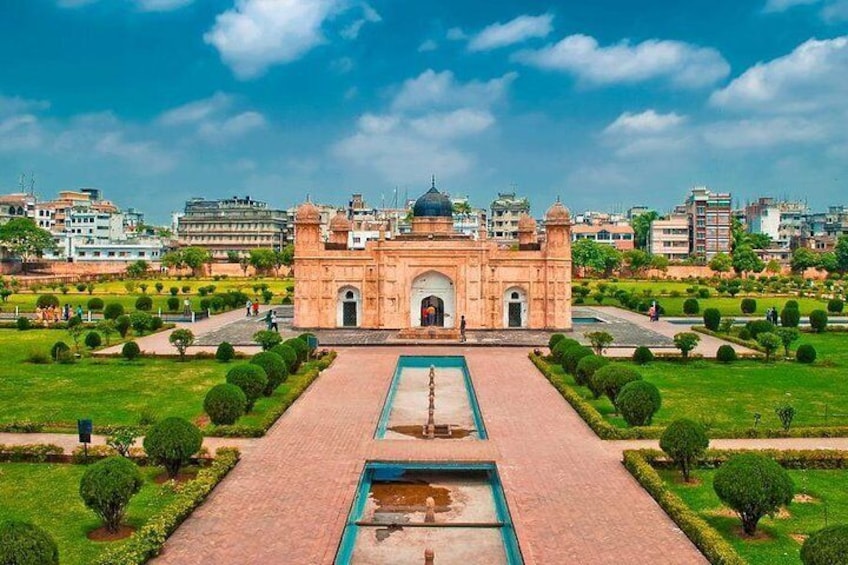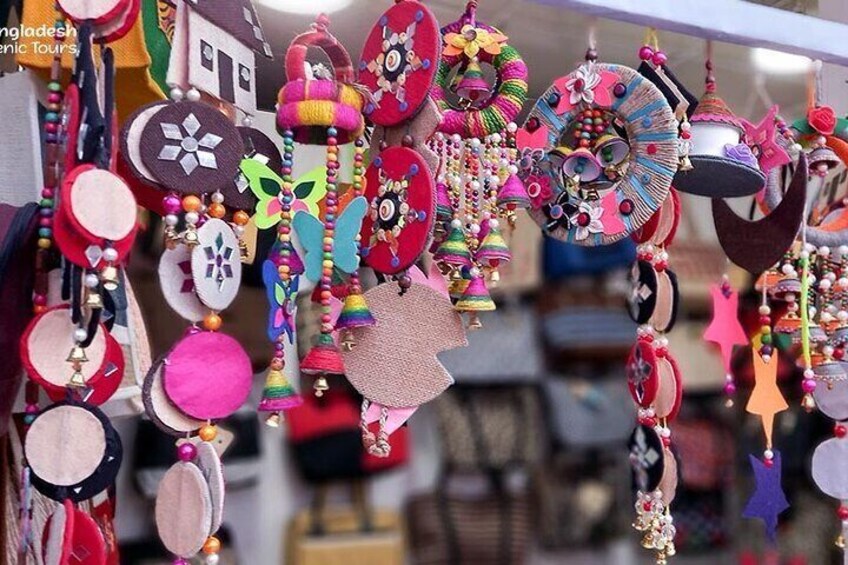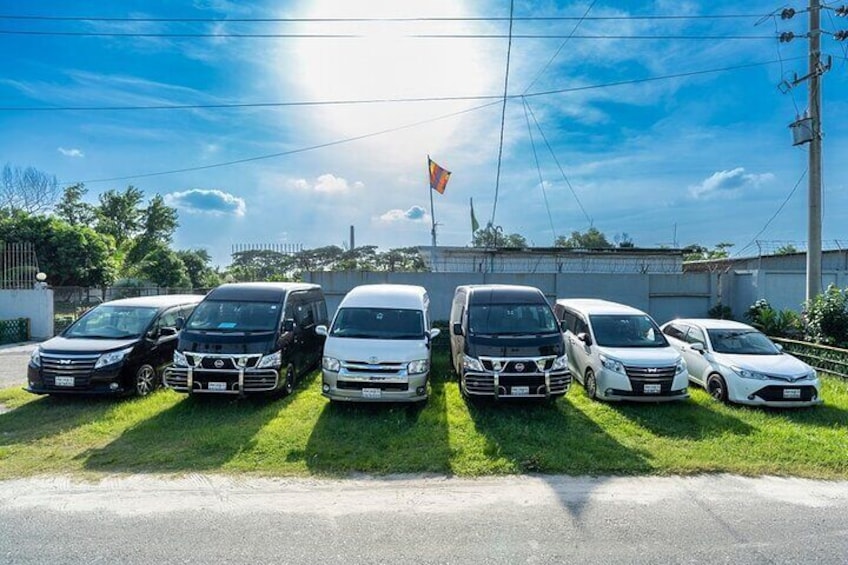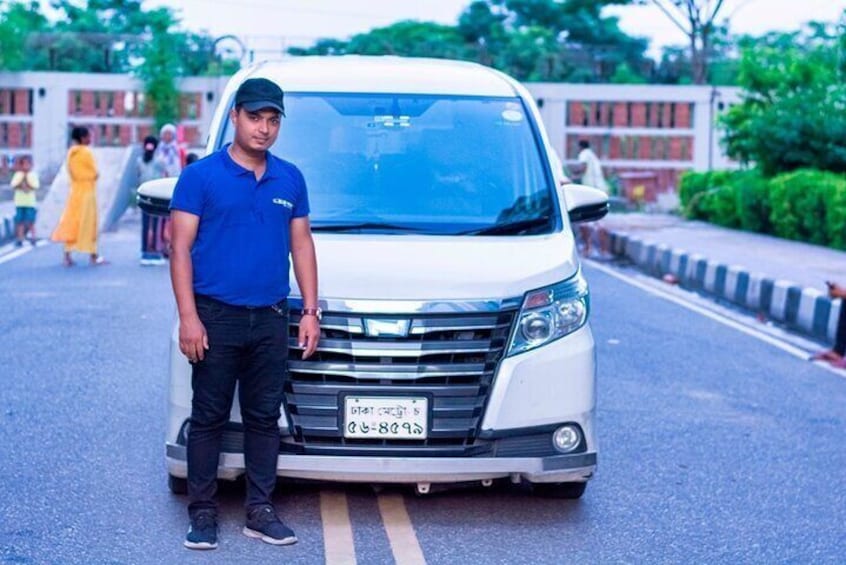Earn OneKeyCash when you sign in and book an activity





Private Day Trip: History of Dhaka
Features
- Free cancellation available
- 10h
- Mobile voucher
- Instant confirmation
- Selective hotel pickup
Overview
Here are some benefits of choosing tour with BLUE HORN:
In-depth Knowledge and Insights: With a guide leading the tour, you gain access to expert insights
Customization and Flexibility: BLUE HORN private tours allow for customization and flexibility according to your interests, preferences, and schedule.
Personalised Attention: BLUE HORN private tours offer personalised attention from our guide, who can cater to your questions, interests, and pace.
Comfort and Convenience: BLUE HORN offer a comfortable and convenient way to explore Bangladesh's heritage sites. You have the flexibility to travel in a private vehicle.
Safety and Security: Travelling with a guide on our private vehicle an added layer of safety and security, particularly in unfamiliar or remote locations. Your guide can navigate potential challenges, provide assistance in case of emergencies
Overall, BLUE HORN guided private heritage tour in Bangladesh provides a personalised, immersive, and enriching experience.
Activity location
- Lalbagh Fort
- Lalbagh Road
- 1211, Dhaka, Dhaka Division, Bangladesh
Meeting/Redemption Point
- Dhaka
- Dhaka, Dhaka Division, Bangladesh
Check availability
Per Person
- 10h
Activity duration is 10 hours 10h
Private Vehicle
Pickup included
What's included, what's not
- Private transport
What's included What's included - Bottled water
What's included What's included - All Transpiration Related cost
What's included What's included - Snacks
What's included What's included - Air-conditioned vehicle
What's included What's included - Coffee and/or Tea
What's included What's included - Entry fees
What's excluded What's excluded
Know before you book
- Specialised infant seats are available
- Not recommended for pregnant travellers
- Not recommended for travellers with poor cardiovascular health
- Suitable for all physical fitness levels
Activity itinerary
Lalbagh Fort
- 1h
- Admission ticket not included
Liberation War Museum
- 1h
- Admission ticket not included
Ahsan Manzil
- 1h
- Admission ticket not included
Bangladesh National Parliament House
- 30m
Dhakeshwari Temple
- 1h
Bangladesh National Museum
- 1h
- Admission ticket included
Shahid Minar
- 30m
Curzon Hall
- 30m
Armenian Church of the Holy Resurrection
- 30m
New Market
- 1h
Location
Activity location
- Lalbagh Fort
LOB_ACTIVITIES LOB_ACTIVITIES - Lalbagh Road
- 1211, Dhaka, Dhaka Division, Bangladesh
Meeting/Redemption Point
- Dhaka
PEOPLE PEOPLE - Dhaka, Dhaka Division, Bangladesh